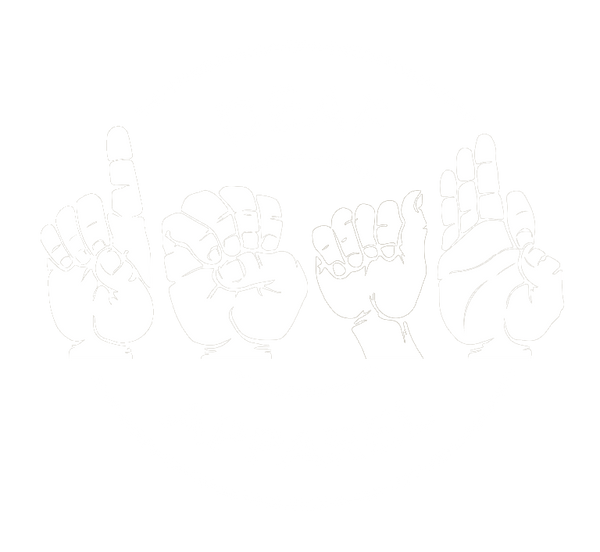
Sign Language: A Window into the Soul
In the Deaf community, sign language is not merely a tool for communication; it is a way of life. Unlike spoken language, sign language relies heavily on visual cues, body movements, and facial expressions. Every sign carries meaning, and the subtleties of these gestures are consciously emphasized. This expressive medium allows Deaf individuals to convey their thoughts and emotions with clarity and precision, creating a rich and nuanced form of communication.
The Power of Body Language and Facial Expressions
In the hearing community, body language and facial expressions are often unconscious and subconscious. However, in Deaf culture, these non-verbal cues play a crucial role in communication. They are intentionally used to convey emotions, emphasize certain points, and add depth to conversations. These conscious movements and expressions are considered foundational elements of communication within the Deaf community. It is important for individuals outside this culture to be aware of the significance of these gestures and respect their role in effective communication.

Eye Contact: A Connection Like No Other
Eye contact holds great importance in the Deaf community. When conversing using sign language or lip-reading, individuals need to maintain direct eye contact to understand and be understood fully. Unlike the hearing community, where breaking eye contact is common and does not hinder communication, for Deaf individuals, it disrupts the flow of understanding. Eye contact in Deaf culture establishes a visual connection, enhances the delivery of messages, and deepens the quality of communication. Recognizing this aspect can foster greater inclusivity and understanding between the Deaf and hearing communities.
Community and Connection
Deaf individuals have a strong sense of community and connection with one another. They share common experiences, challenges, and triumphs, which enable them to understand each other at a deeper level. Within the Deaf community, effective communication is facilitated by this shared understanding, allowing for smoother interactions and fostering a sense of belonging. By recognizing the unique dynamics of this community, we can work towards building a more inclusive and accommodating society.
Deafness as an Identity
In the broader society, there is often a tendency to view deafness as a disability or a defect. However, within Deaf culture, deafness is celebrated as an integral part of one's identity. Being Deaf is not seen as a deficiency but rather as a unique characteristic that contributes to a person's individuality. The term "hearing-impaired" is often met with disapproval among some Deaf individuals, as it implies an inherent flaw or imperfection. Instead, embracing deafness as an identity empowers individuals within the Deaf community and challenges societal misconceptions.
In conclusion, eye contact plays a crucial role in the Deaf community, enabling effective communication through sign language and lip-reading. Maintaining direct eye contact establishes a visual connection and enhances the delivery of messages, leading to a deeper quality of communication. Recognizing the significance of eye contact can foster greater inclusivity and understanding between the Deaf and hearing communities. Additionally, the strong sense of community and connection within the Deaf culture allows for smoother interactions and a sense of belonging. Embracing deafness as an identity empowers individuals and challenges societal misconceptions, fostering a more inclusive and accommodating society. By appreciating the unique dynamics of the Deaf community, we can promote an environment that celebrates diversity and encourages meaningful connections.

